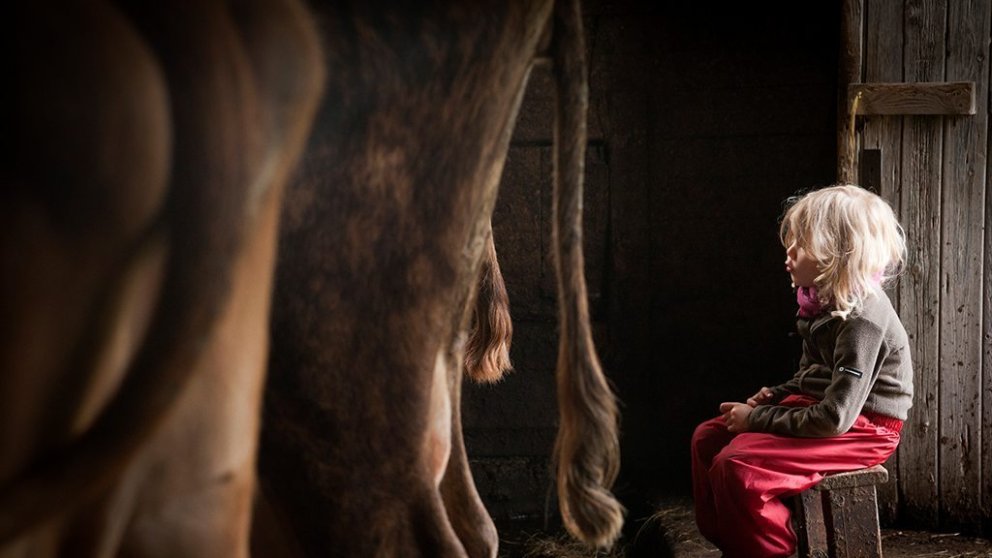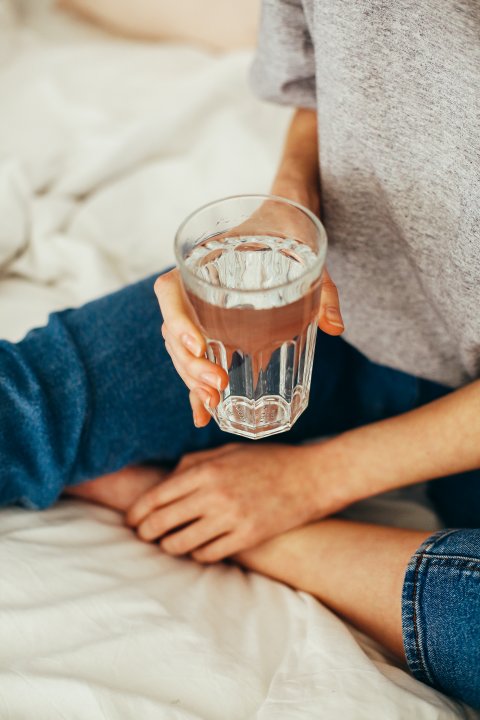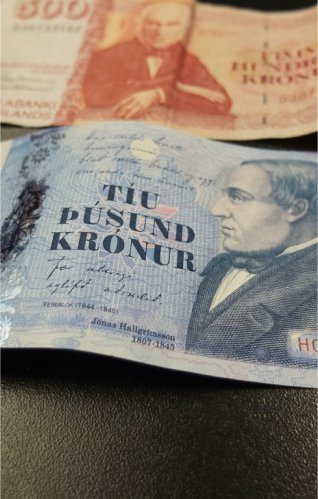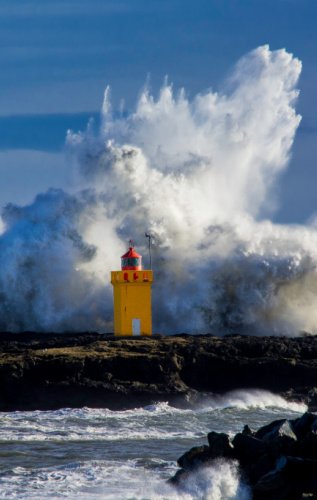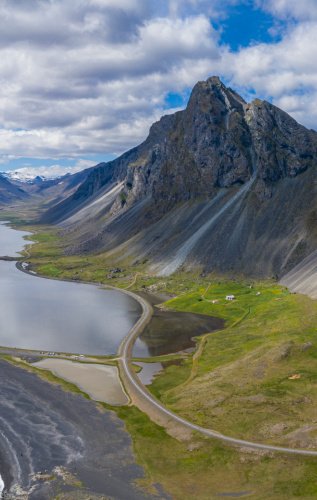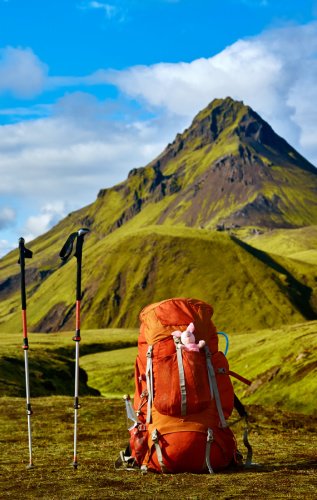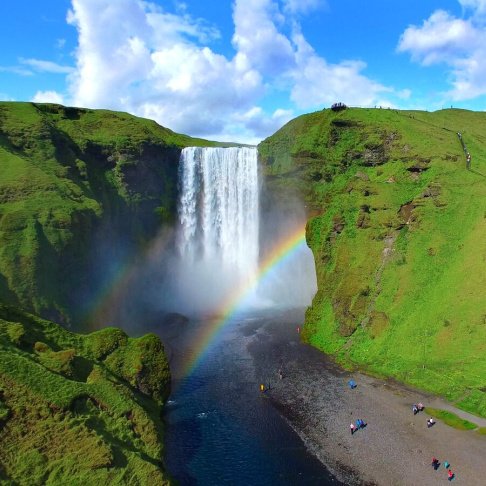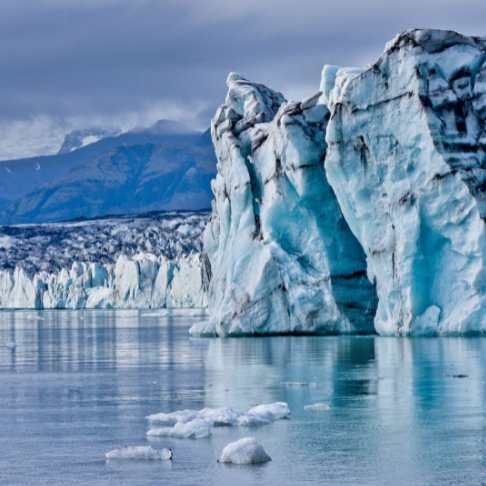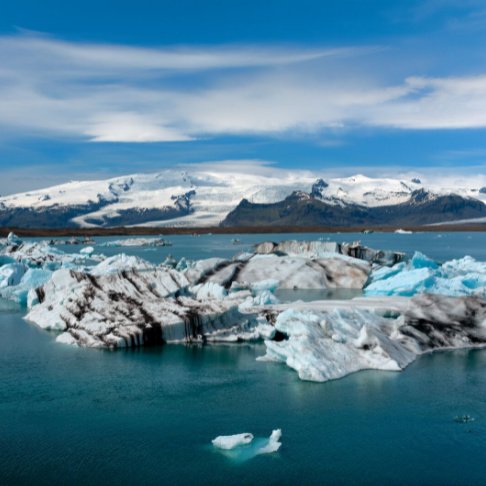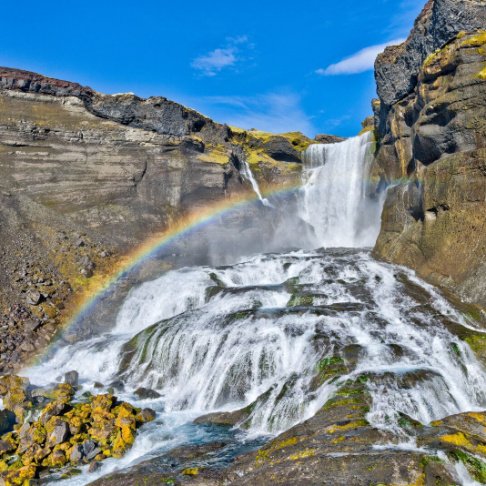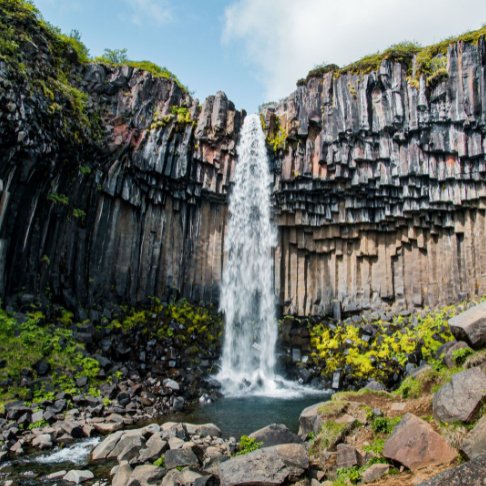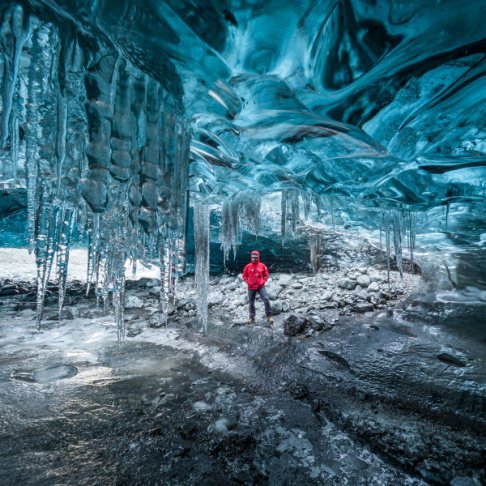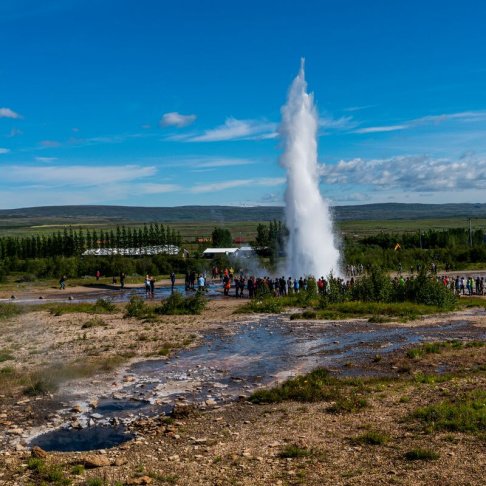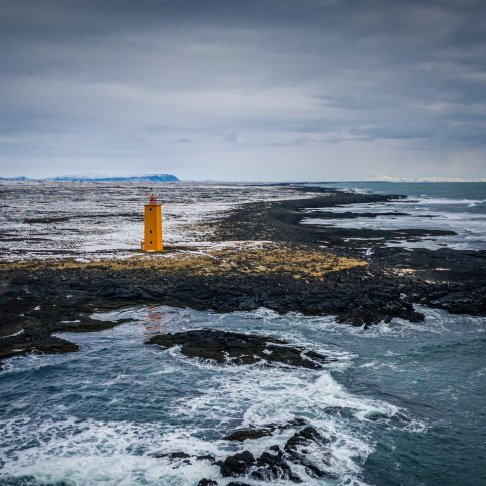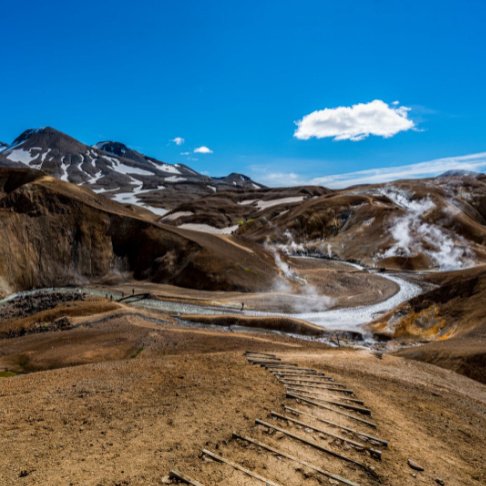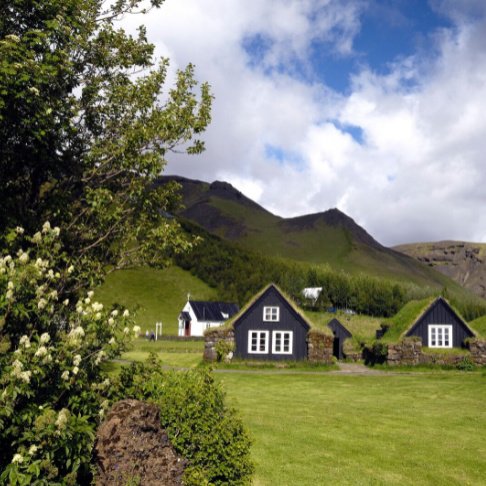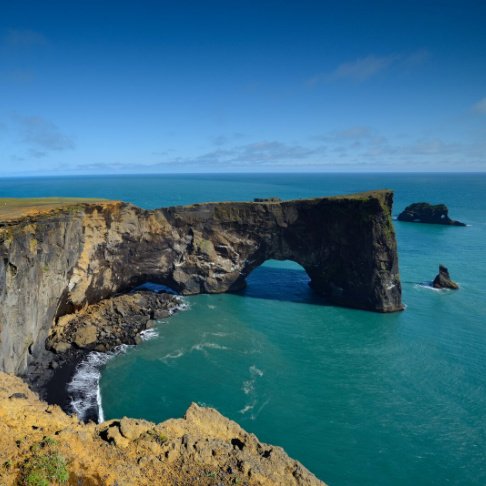Visit North Iceland is responsible for marketing and promotion of North Iceland which is a friendly and tranquil area with a population of 36 thousand, including Akureyri, the largest town outside Reykjavík, and a number of historic coastal towns. Most visited attractions are Vatnajökull National Park, where you find Dettifoss, Europe's most powerful waterfall and lake Mývatn geothermal region with hot springs, volcanic areas, craters, geothermal nature baths and amazing lava formations. We have magical winters with Iceland‘s most popular ski area, energising off-piste skiing and 13 Yule Lads (Santas) on top of unique locations for Northern Lights observation.
Or try searching by Category and/or Location
Visit South Iceland is responsible for tourism, marketing, and promoting events in South Iceland. The area extends from the town of Þorlákshöfn in the West to the city of Höfn in the East, with about 500 km of coastline. South Iceland has a diverse and significant nature with great attractions that are easy to access and experience all year round. The great variety and quality of services enable our guests to enjoy the best of what Iceland offers.
South Iceland is a popular destination for Iceland´s visitors. They come to see the natural attractions of Eyjafjallajökull, Þingvellir, Gullfoss and Geysir, Vík, and Jökulsárlón (Glacier Lagoon), to name just a few places. Access to and around the region is direct from the international airport.
The summer season´s longer days bring cultural events and festivals, travel into the interior, and cycling, backpacking, and hiking trips. During the winter months, it is possible to take northern lights tours, horseback riding, ice-climbing, visit natural ice caves, and other outdoor activities. It is an area of tradition, culture, diverse communities, and various options for great food experiences.
Members of the Visit South Iceland team and representatives from different areas of the South will welcome you at the stand to facilitate access to a whole region of possibilities. Visit South Iceland partnership provides a wide range of services to fit your needs, whether activities, accommodation, dining, or other services.
The three areas of South Iceland
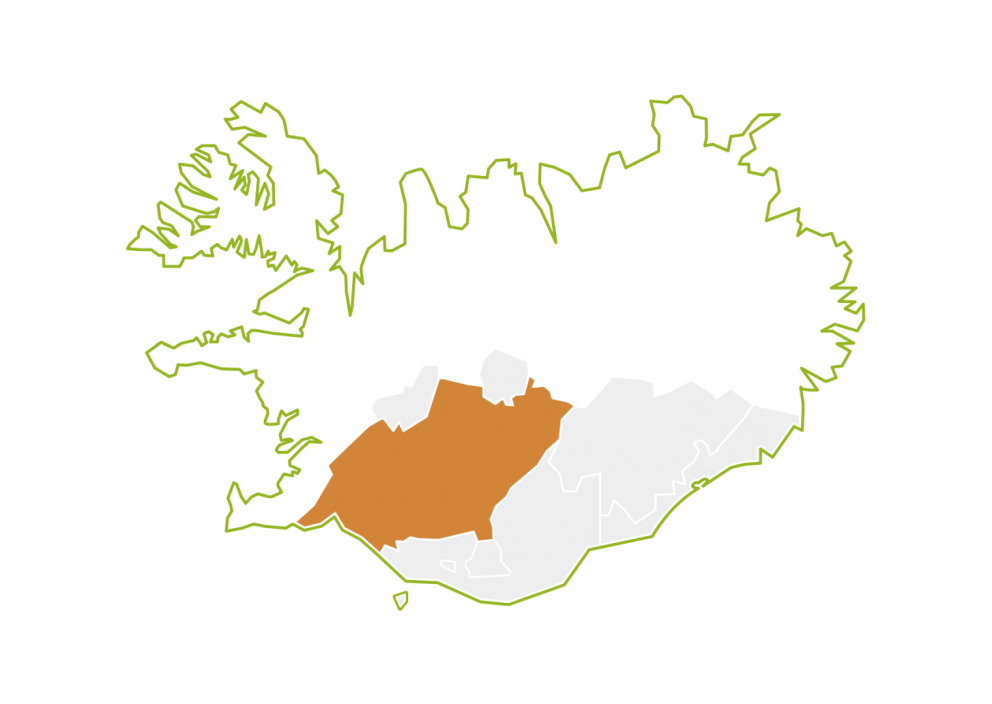
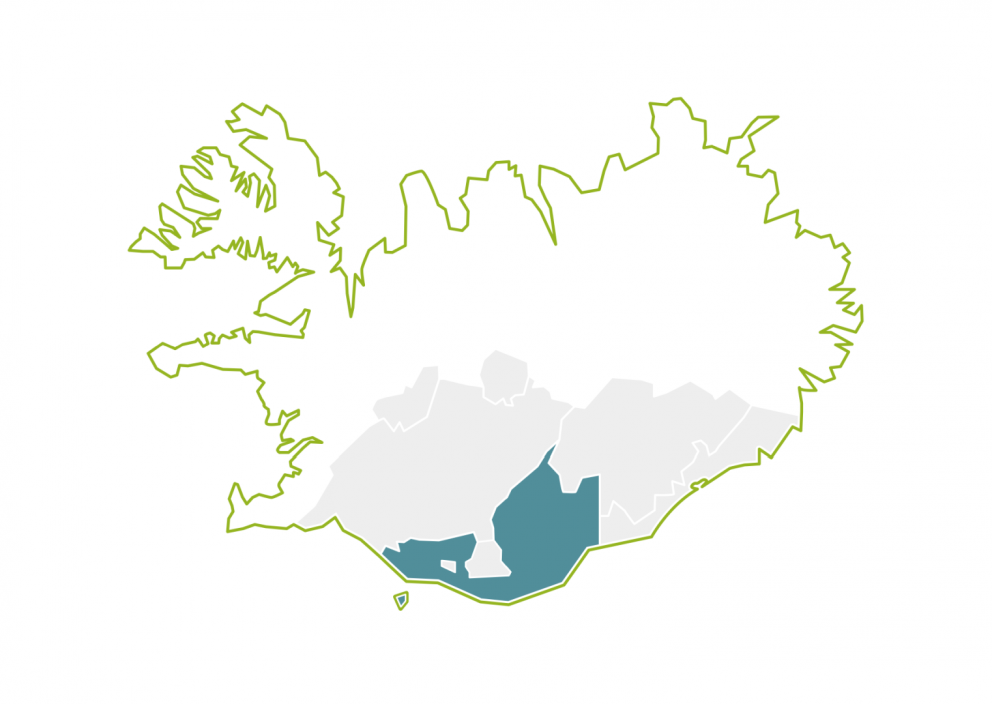
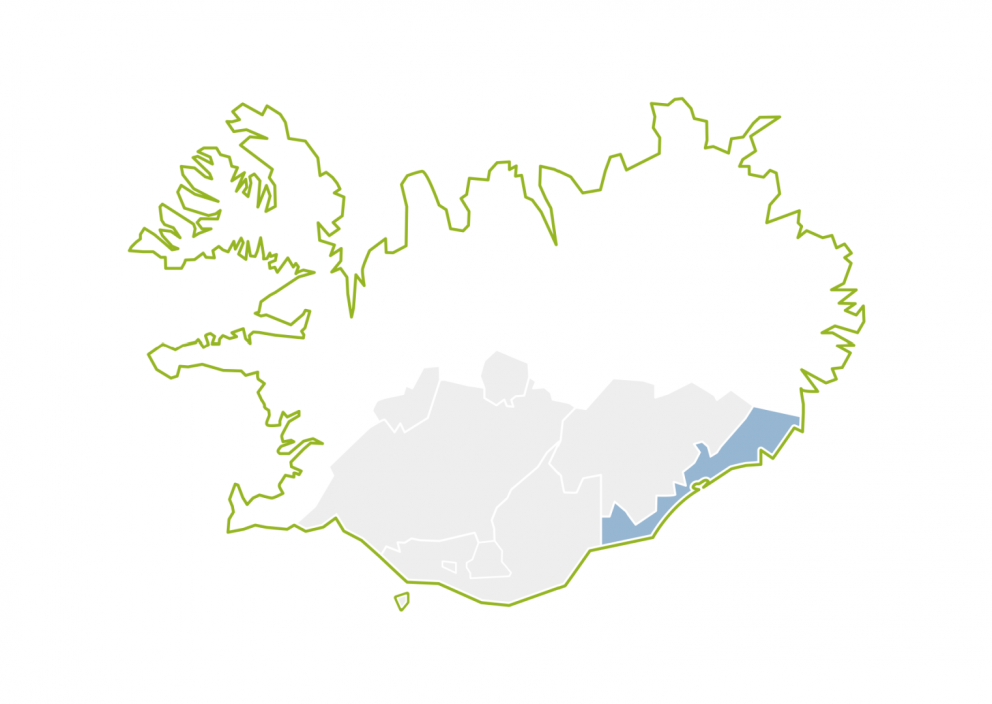
News
-

Thinking about using the Icelandair Stopover program ?
Are you thinking about using the Icelandair Stopover program – but not quite sure what to do with those extra days in Iceland? The beauty of the Stopover is that you can turn a simple connection between North America and Europe into a mini-holiday in Iceland, without adding extra airfare on the route. In just 1–3 days, you can see some of the country’s most iconic sights. -

Making the Most of a Rainy Day in South Iceland
One of the golden rules of traveling in Iceland is: always be prepared for the weather to change. Sunshine can shift into rain, mist, or strong winds in a matter of minutes. While this might seem inconvenient if you had planned a long hike or a day exploring waterfalls, it’s actually an invitation to discover South Iceland’s indoor treasures. From fascinating museums and exhibitions to geothermal bathing, local shopping, and delicious food, there is plenty to enjoy while staying warm and dry. Below are some of the best ways to spend a rainy day in South Iceland. -

Dive into the Local Life of Icelanders
One of the most unique and cherished aspects of Icelandic daily life is its bathing culture. From the smallest towns to the largest cities, geothermal pools and hot tubs are everywhere. And they are much more than just places to swim. For Icelanders, the swimming pool is a social hub, a wellness center, and in many ways, a part of the national identity. -

A Taste of South Iceland: How to Experience the Culture Through Local Food
In Iceland, food isn’t just about eating — it’s a way to connect with the land, the people, and their stories. From cozy cafés tucked beneath waterfalls to farms serving fresh produce grown just meters from your table, every stop on your journey offers a taste of Icelandic culture. This guide will lead you to the places in South Iceland where flavor meets tradition, turning every meal into part of the adventure.
Featured Projects
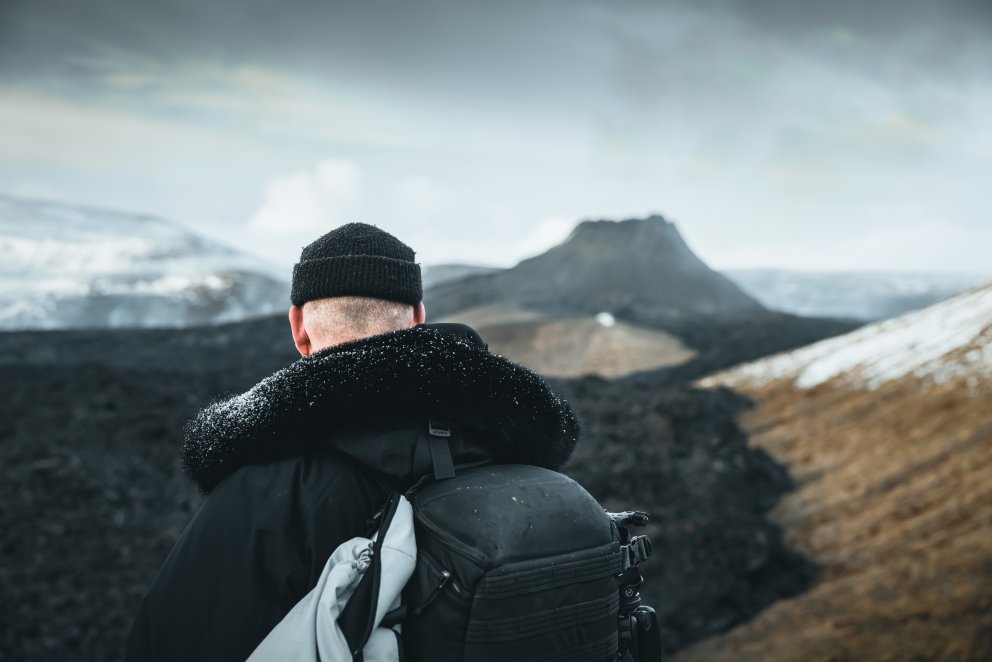
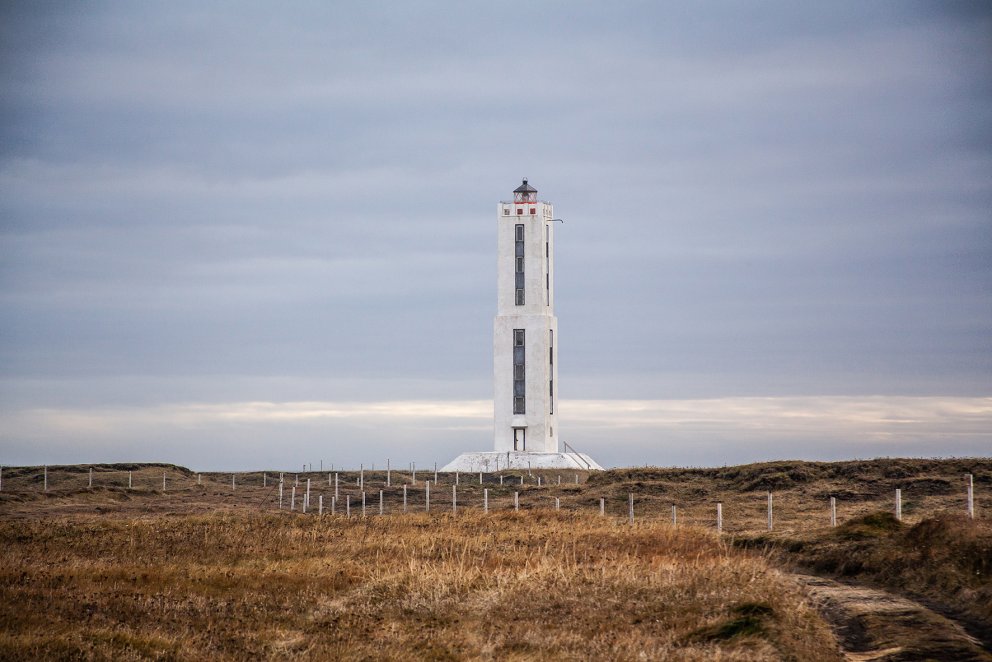
Sustainability
In the heart of the Icelandic tourism sector, sustainable development is not just a goal; it's a necessity. This rings true for South Iceland, where the natural beauty and community well-being are paramount.
For tourism to truly flourish, it must sync with society and nature. This means enriching the quality of tourism experiences while respecting the limits of nature, community tolerance, and visitor enjoyment. Through our Destination Management plan, our ongoing mission is balancing society, tourism, and nature as sustainability’s three main pillars.
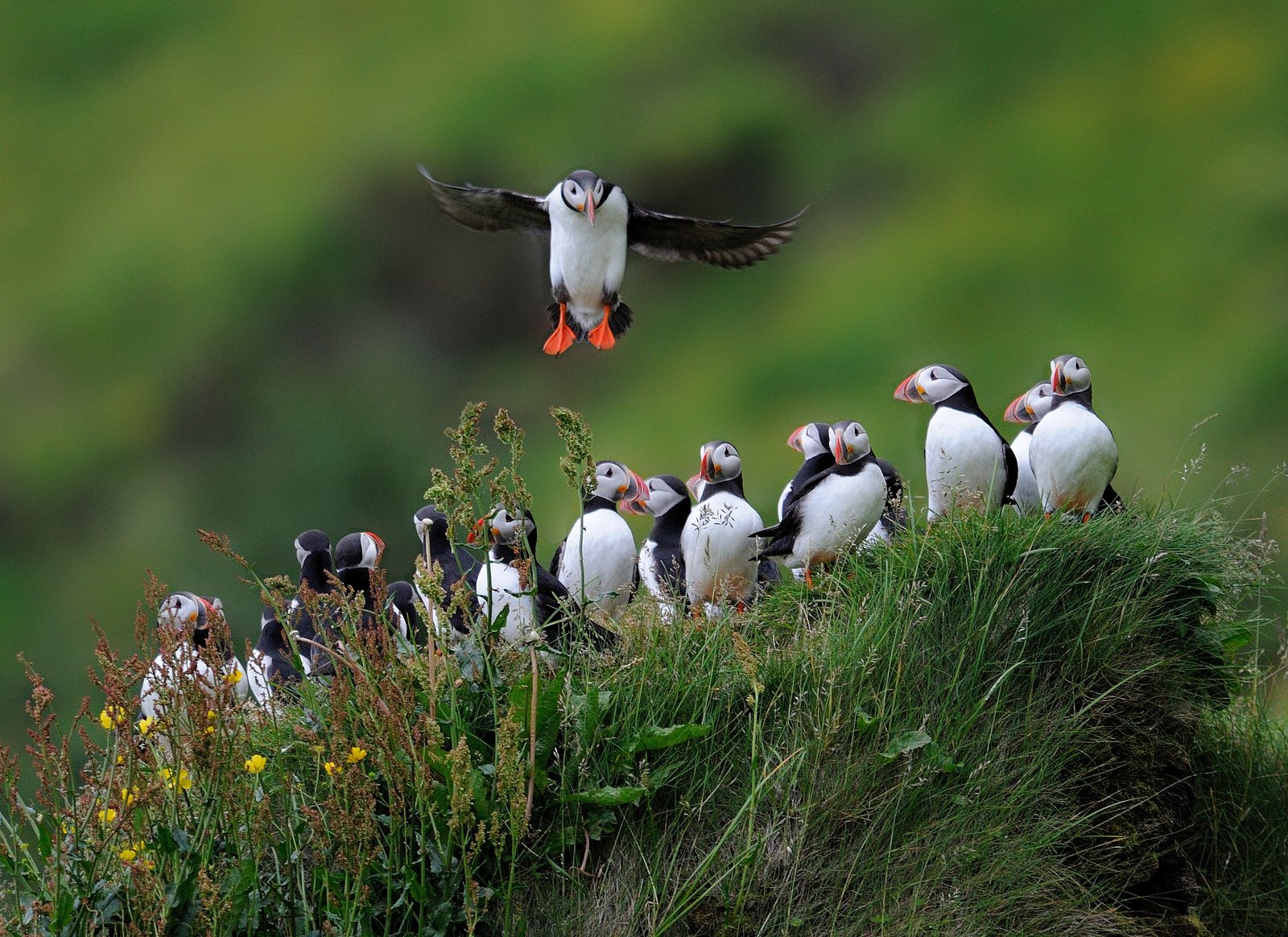
Destination Management Plan
A destination management plan (DMP) is a holistic strategy with tourism as its starting point. The plan creates a framework for the construction and development of South Iceland as a destination.
The aim is to promote responsible tourism through sustainability, which strengthens the economy of communities, improves the quality of life of residents, enhances the experience of tourists, and mitigates the potential negative impact of the tourism industry.
Click here to see a summary of the plan

